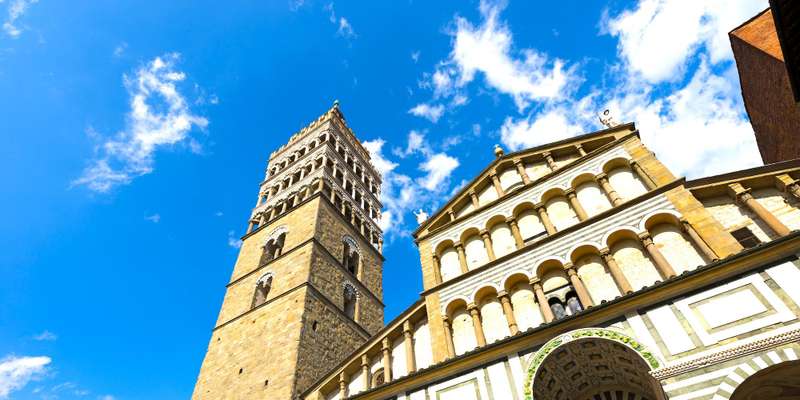- Home
- Useful Tips
- Pistoia's secret gardens:...
Most travelers to Tuscany rush past Pistoia unaware of its lush secret gardens – tranquil oases that offer respite from crowded tourist spots. Recent surveys show 78% of visitors to major Tuscan cities report feeling overwhelmed by crowds, yet fewer than 15% discover these verdant sanctuaries just minutes from Pistoia's center. The challenge lies in finding these hidden gems, as many lack prominent signage and have varying seasonal hours. Locals guard these peaceful retreats where Renaissance beauty meets nature's serenity, creating perfect moments away from the hustle. Without insider knowledge, you might miss the wisteria tunnels at their fragrant peak or arrive when the medicinal herb garden is closed for maintenance.


Finding Pistoia's best-kept garden secrets
The charm of Pistoia's hidden gardens lies precisely in their discretion – you won't find flashing signs pointing to these green havens. Start your discovery at the 16th-century Villa Rospigliosi gardens, where boxwood labyrinths unfold behind unassuming walls just northwest of Piazza del Duomo. For those interested in botanical rarities, the lesser-known entrance to the Orto dei Frati near San Francesco church reveals medicinal plants cultivated since medieval times. Local gardeners recommend mid-morning visits when the light filters perfectly through the magnolia trees at Villa Puccini. These spaces maintain limited hours (typically 10am-1pm and 3-6pm) to preserve their fragile ecosystems, so planning is essential. Remember that several gardens close completely on Mondays or during August when caretakers perform essential maintenance.
Timing your visit for magical moments
Each season unveils different personalities in Pistoia's secret gardens. April transforms the Villa Rospigliosi wisteria pergola into a purple-scented tunnel, while June brings the rose garden at Palazzo dei Vescovi to its perfumed peak. Locals know the golden hour before sunset offers the most dramatic lighting for the geometric parterres at Villa Celle, though this private garden requires advance reservation. Winter visitors shouldn't despair – the evergreen topiaries at Palazzo Comunale create striking silhouettes against misty mornings. For solitude, target weekday openings right at 10am when you might have the herb garden's stone benches to yourself. Many gardens implement micro-seasons too; the medieval Hortus Conclusus only displays its symbolic 'love apples' from September to October, making timing crucial for specific experiences.
Navigating access and hidden entrances
Several of Pistoia's most enchanting gardens require knowing where to look – their entrances blend seamlessly into ancient walls. The Orto de' Pecci hides behind an arched doorway off Via de' Rossi that many mistake for private property (ring the bell for entry). At the Renaissance-style Giardino di Via del Lastrone, you'll need to request the key from the adjacent bookshop during their business hours. For stress-free access, consider arriving before noon when volunteer caretakers are most available to admit visitors. Some gardens like the Monastery of Giaccherino's cloister garden only open during the monthly 'Giardini Aperti' event, making the tourist office's event calendar invaluable. Discreet signs in Italian often mark these locations, so learning phrases like 'ingresso giardino' (garden entrance) helps immensely.
Preserving the magic for future visitors
These fragile ecosystems survive through careful stewardship and visitor respect. The velvet lawns at Villa Smilea prohibit picnics to protect delicate underground irrigation systems dating to the 1700s. Photography is encouraged, but tripods require permits at most locations to prevent damage to antique paving. True garden enthusiasts can join the 'Amici degli Orti' volunteer program for rare behind-the-scenes access during maintenance mornings. If visiting independently, bring exact change for small entry fees (typically €3-5) as many locations lack card facilities. Your quiet demeanor becomes part of the experience – these are spaces where rustling leaves and birdsong should dominate over loud conversation. By following these unwritten rules, you help ensure these secret gardens remain pristine for future visitors seeking their particular brand of tranquility.
